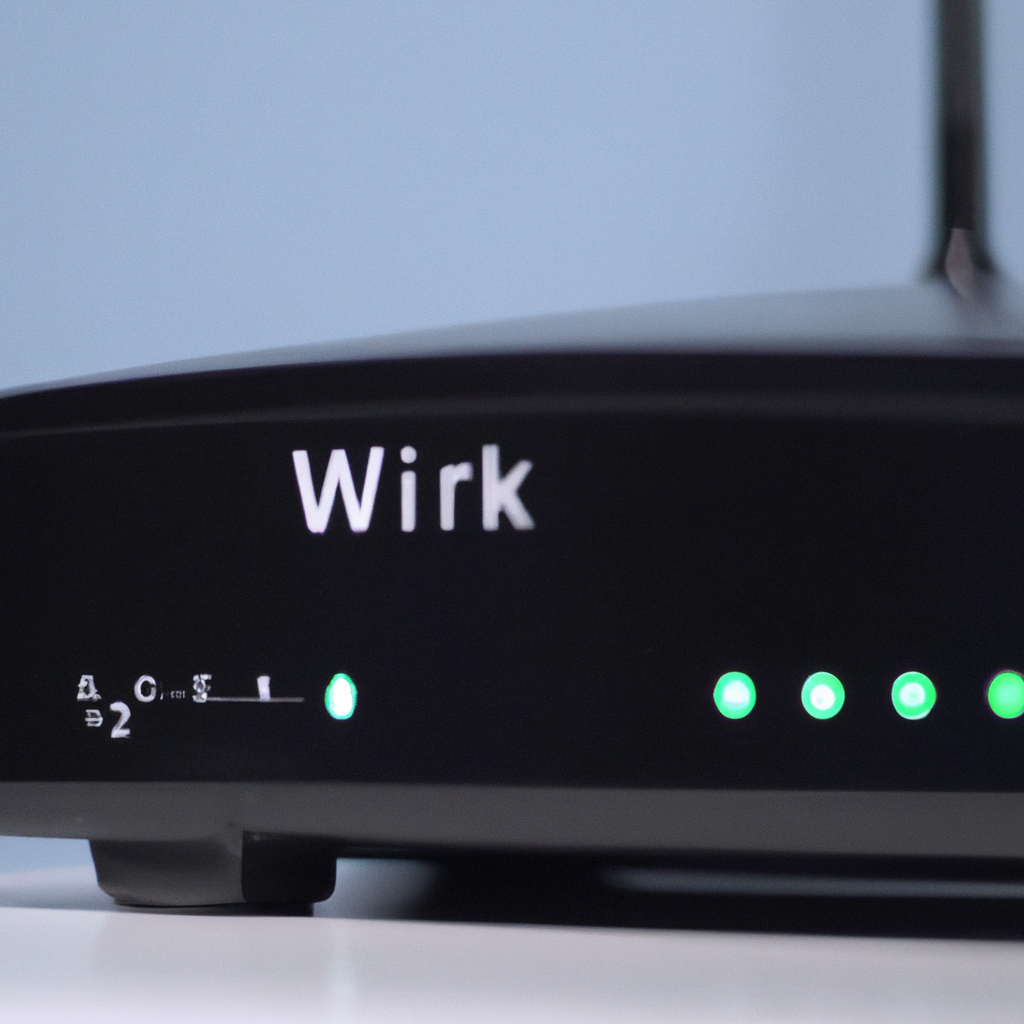Wi-Fi routers are ubiquitous in modern day society, as they allow us to connect to the internet wirelessly. These network devices are integral to home networking and are responsible for providing internet connectivity to our laptops, smartphones, and other Wi-Fi enabled devices. But how exactly do these devices work? In this article, we will delve into the inner workings of a Wi-Fi router and explore the technology that powers wireless connectivity.
What is a Wi-Fi router?
A Wi-Fi router is a networking device that allows multiple devices to connect to a single internet connection. It acts as a central hub for all wireless communication in a home network. In addition to providing wireless connectivity, a Wi-Fi router can also act as a firewall, protecting your network from external threats.
Router technology
A router is essentially a specialized computer that is designed to direct traffic between different networks. It operates by forwarding data packets between devices on a network. When a device sends a request to access the internet, the router receives the request, directs it to the appropriate destination, and then sends the data back to the device.
Wireless connectivity
Wi-Fi technology is what enables wireless connectivity between devices and the router. Wi-Fi signals are transmitted over radio frequencies, and they allow devices to connect to the internet without the need for physical cables. The range of a Wi-Fi signal is limited, however, and can be affected by obstacles such as walls and other interference. This is why it is important to position your Wi-Fi router in a central location in your home.
Router features
Modern Wi-Fi routers come with a variety of features that are designed to improve network performance and security. Some common features include:
– Dual-band connectivity: This allows the router to transmit data over both the 2.4GHz and 5GHz frequency bands, which can improve network speed and reduce interference.
– Quality of Service (QoS): This feature allows you to prioritize certain types of traffic, such as video streaming or online gaming, so that they receive higher bandwidth and better performance.
– Guest network: This feature allows you to create a separate network for guests to use, which keeps your main network secure and private.
– Parental controls: This feature allows you to restrict access to certain websites or types of content, which can be useful for parents who want to monitor their children’s internet usage.
How does a Wi-Fi router work?
Now that we have a basic understanding of Wi-Fi router technology, let’s take a closer look at how a Wi-Fi router actually works.
Step 1: The device sends a request to access the internet
When a device wants to access the internet, it sends a request to the router. The request contains information about the destination website or server.
Step 2: The router receives the request
The router receives the request from the device and examines it to determine the destination of the data packets.
Step 3: The router forwards the request to the internet service provider (ISP)
The router forwards the request to the ISP, which then sends the data packets to the appropriate destination.
Step 4: The router receives the data packets from the ISP
Once the data packets have been sent from the ISP, the router receives them and examines them to determine which device they should be sent to.
Step 5: The router sends the data packets to the appropriate device
The router sends the data packets to the appropriate device, which then displays the requested website or information.
Conclusion
In conclusion, Wi-Fi routers are an essential component of modern day networking. They enable wireless connectivity, protect our networks from external threats, and provide a variety of features designed to improve network performance and security. By understanding the basic technology behind Wi-Fi routers, we can better appreciate the convenience and benefits that they provide.







